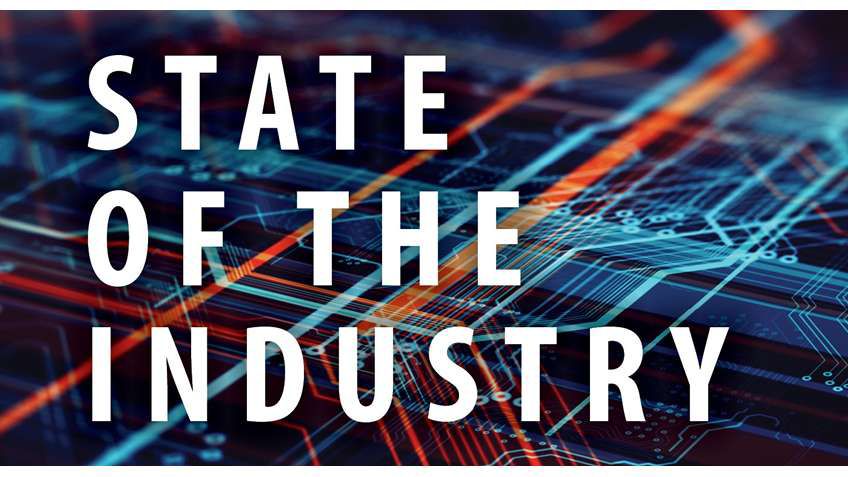You simply can’t have the reward of digital transformation without some risk.
As we connect supply, demand and design chains, we create multi-organizational dependencies. And those chains are only as strong as their weakest link.
Especially vulnerable are smaller manufacturers without a dedicated cybersecurity team. But even the biggest companies with teams of professionals face risk.
International standards often address these risks in different ways, which can make it difficult to know which standards would best minimize organizational cybersecurity risk.
Even when a business is proactive about cybersecurity, its supply chain may not be. The breach of a major global retail chain was caused by a third-party vendor servicing a brick-and-mortar store. The theft of the vendor’s credentials ultimately exposed the information of 41 million credit card holders and cost the retailer millions of dollars in settlements.
Plans for Action
To manage cybersecurity risks we are:
- Driving continuous improvement in cybersecurity technology
- Promoting awareness of threats and best practices to manage vulnerabilities
- Driving cooperation between industry, academia and governments to harmonize global manufacturing cybersecurity standards
Three things you can do to help protect yourself:
- Partner only with companies committed to continuous improvement in cybersecurity technologies
- Learn about threats to your manufacturing environment and supply chain, and implement best practices to manage vulnerabilities
- Participate in international standards bodies to help drive harmonization of global manufacturing cybersecurity standards
The Importance of Harmonizing Standards
There is a danger of introducing risk when applying multiple standards that may have competing goals or definitions of security. Harmonizing standards is crucial to minimizing the risks of adopting a particular standard as a metric for security.




